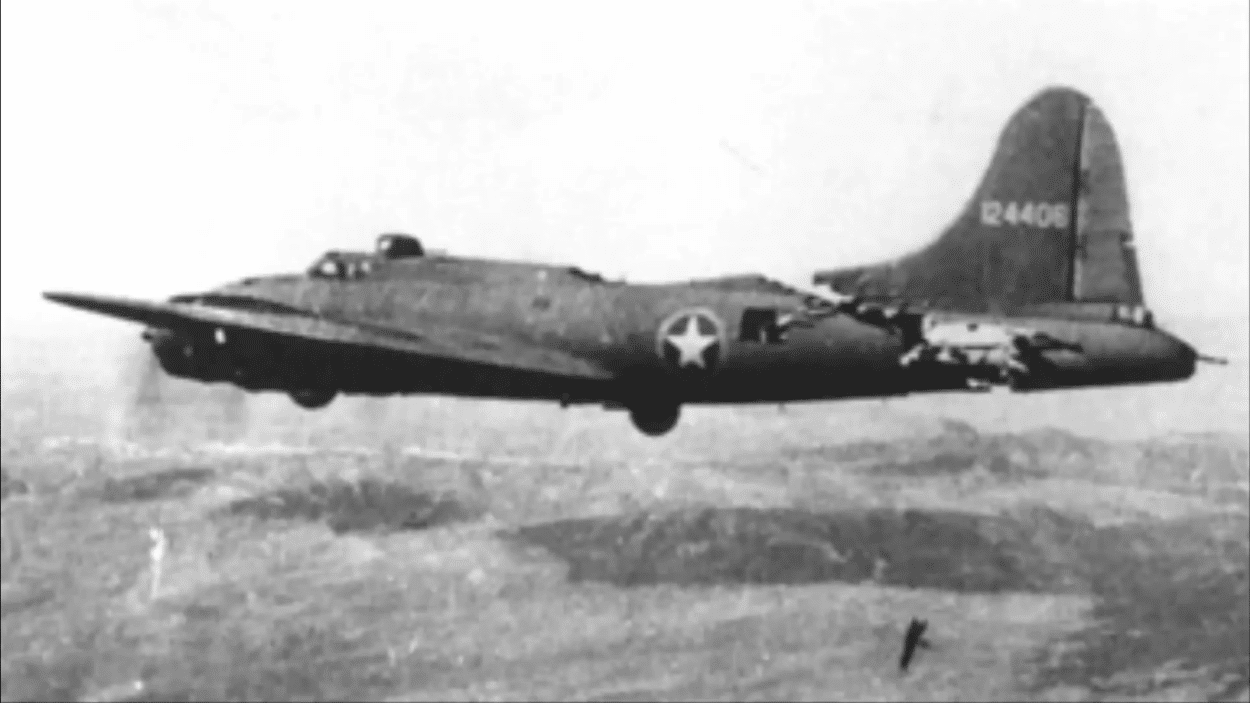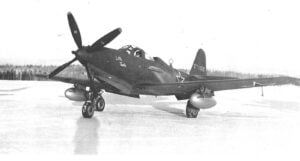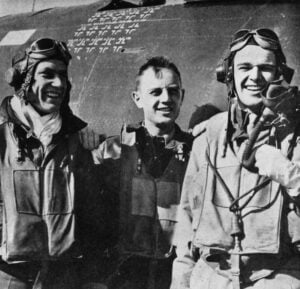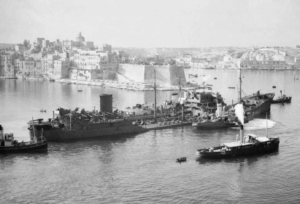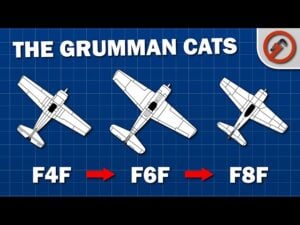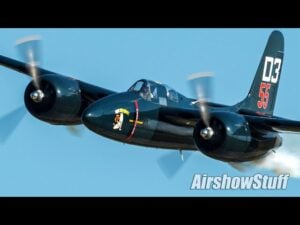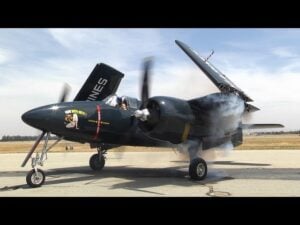Was This The Deadliest Job In WW2?
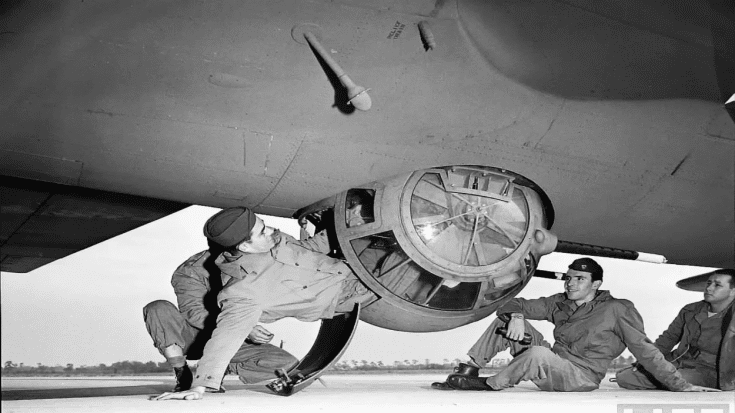
YouTube / Down The Rabbit Hole
As Small As It Gets
The B-17 Flying Fortress was one of the most formidable aircraft of WW2. This strategic bomber largely contributed to crippling the German war industry by delivering more than a third of all bombs dropped during the war.
But out of the 10-man crew, perhaps the most at risk were the machine gunners housed on the underbelly ball turret. Ball turret gunners weren’t originally a part of the B-17, with earlier models having remote-controlled versions instead.

The Sperry ball turret was a spherical chamber made of aluminum and plexiglass attached to the fuselage by a shaft with a hydraulic pump. It could revolve a full 360 degrees and pitch down to a 90-degree angle. Two .50-cal Browning machine guns, firing 700 to 850 rpm, were belt-fed from ammo boxes inside the fuselage.
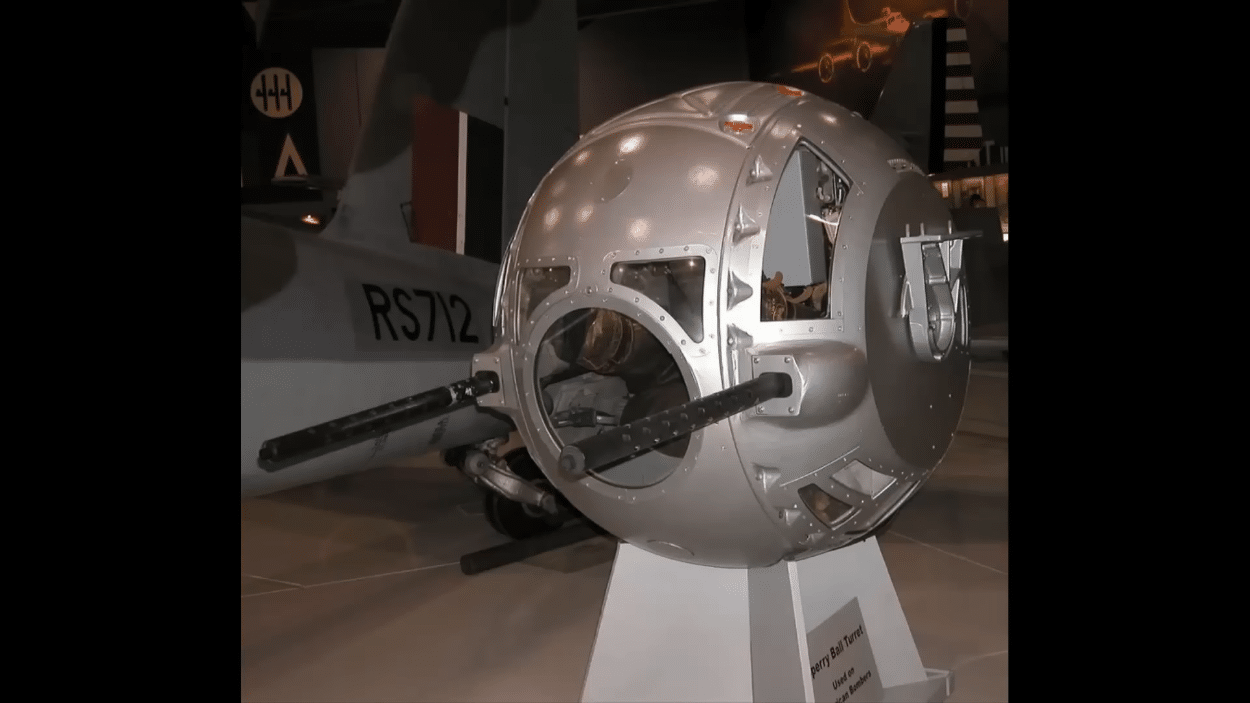
But even though it was well-equipped, it only measured 4 feet in diameter. This required a gunner to have a very small stature just to fit inside. But even then, the only way to truly fit inside was to curl up in the fetal position – imagine spending hours in that position!
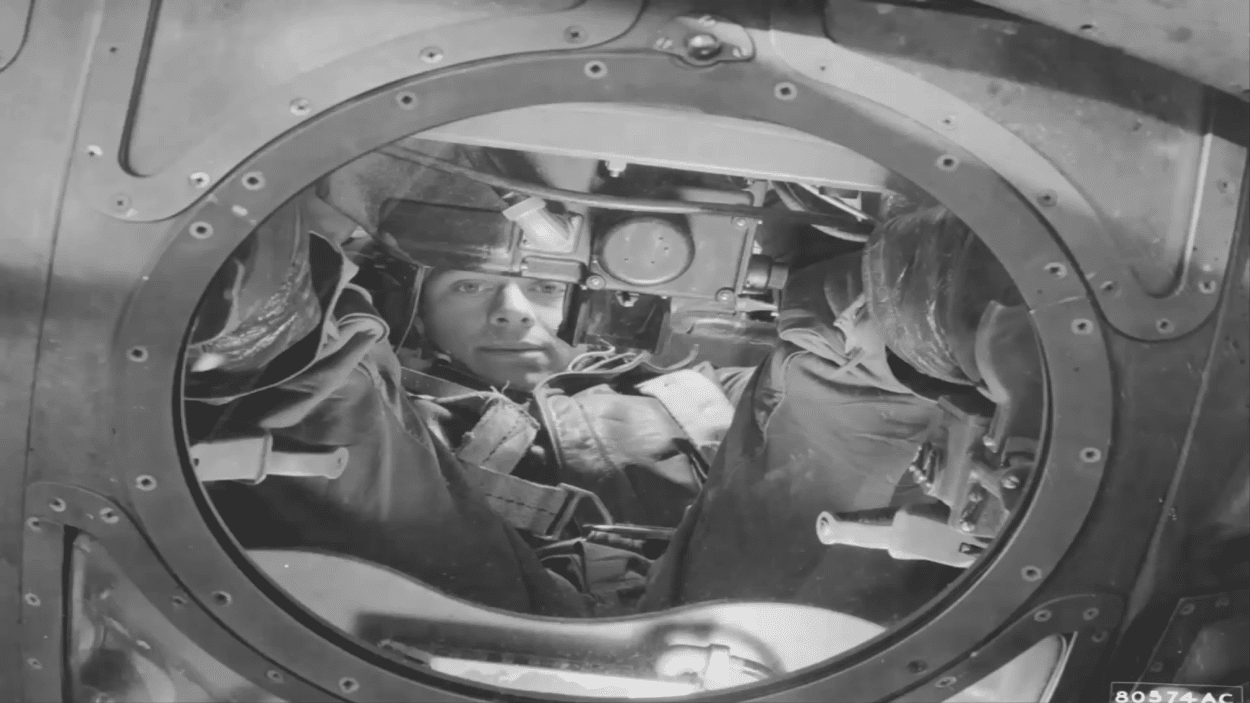
The gunner was completely exposed to fire, especially since most of the gunfire was coming from fighter planes below the B-17. Add the fact that AA fire was also coming from below and you get a human death trap.
If the turret were to get hit, it could damage the mechanism and trap the gunner inside – unable to turn or be retracted. Emergency belly landings would also prove to be fatal to these gunners as the ball turret suffered complete destruction from these landings. Ball turret gunners couldn’t even wear parachutes since they had no room inside the turret!













